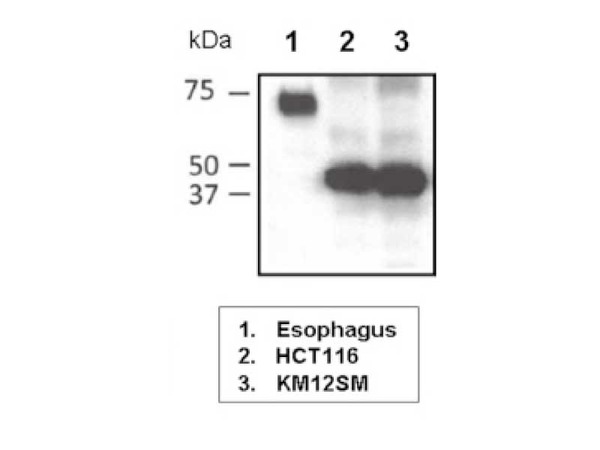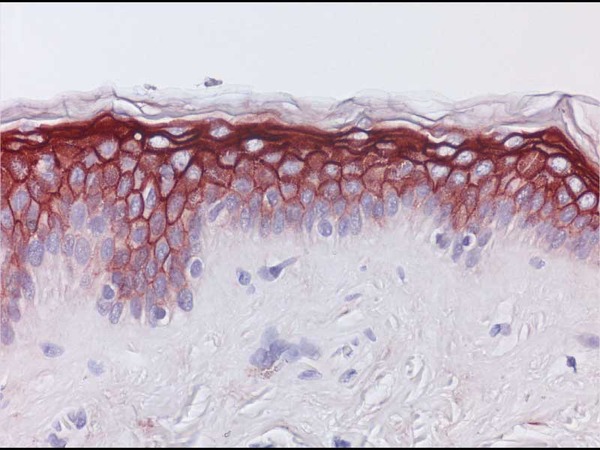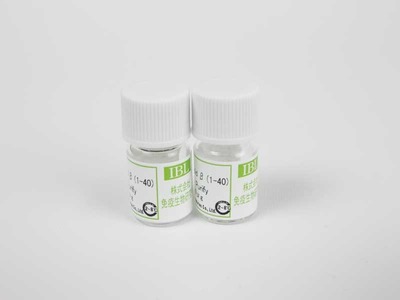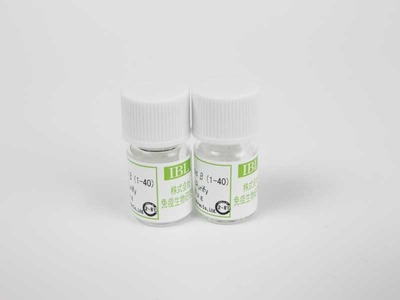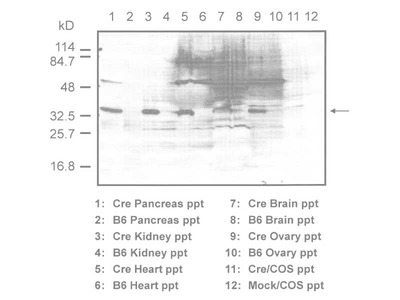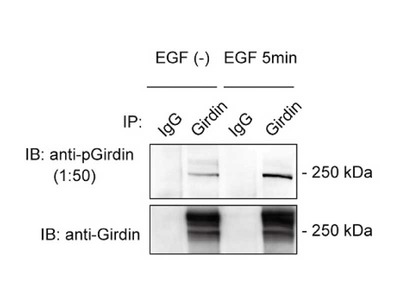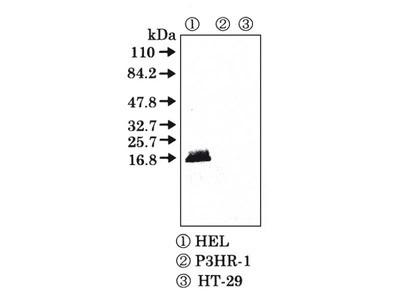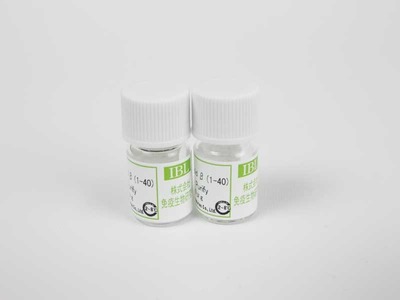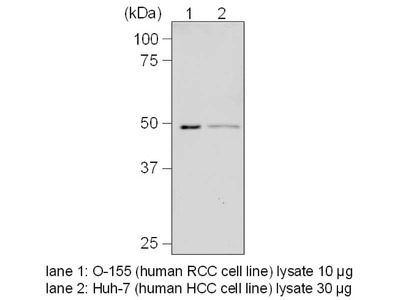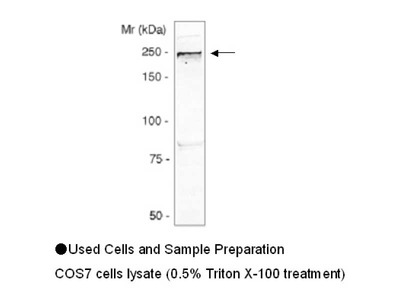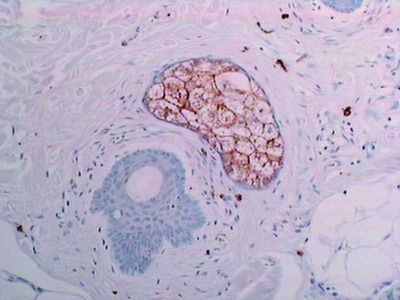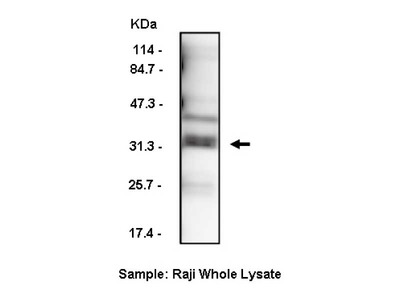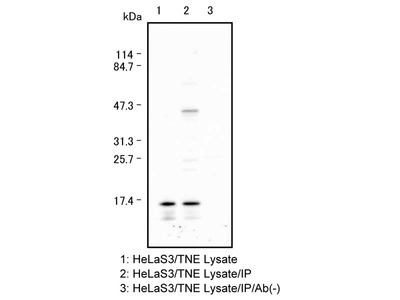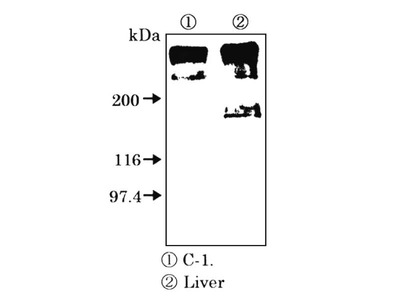- HOME >
- For Researchers >
- Product Search >
- Search Result >
- #28073 Anti-Human C4.4A (301) Rabbit IgG Affinity Purify
Product Search
#28073 Anti-Human C4.4A (301) Rabbit IgG Affinity Purify
- Intended Use:
- Research reagents
- Application:
- WB, IHC
- Package Size1:
- 50 μg
- Package Size2:
- 5 μg
- Note on Application Abbreviations
- WB:Western Blotting
- IHC:Immunohistochemistry
※ The product indicated as "Research reagents" in the column Intended Use cannot be used
for diagnostic nor any medical purpose.
※ The datasheet listed on this page is sample only. Please refer to the datasheet
enclosed in the product purchased before use.
Product Overview
Product Overview
| Product Code | 28073 |
|---|---|
| Product Name | Anti-Human C4.4A (301) Rabbit IgG Affinity Purify |
| Intended Use | Research reagents |
| Application | WB, IHC |
| Species | Human |
| Immunizing antigen | Synthetic peptide of a part of Human C4.4A (aghqdrsnsg qypakg). |
| Purification Method | Purified with antigen peptide |
| Package Form | Lyophilized product from PBS containing 1 % BSA and 0.05 % NaN3 |
| Storage Condition | 2 - 8℃ |
| Poisonous and Deleterious Substances | Applicable |
| Cartagena | Not Applicable |
| Package Size 1 | 50 μg |
| Package Size 2 | 5 μg |
| Remarks1 | The commercial use of products without our permission is prohibited. Please make sure to contact us and obtain permission. |
Product Description
Product Description
C4.4A is known to be present in the placenta, skin, esophagus and peripheral mononuclear cells in humans. It is a GPI (glycosylphosphatidylinoditol) binding protein which has a similar structure to urokinase receptor (uPAR) and belongs to Ly-6 family as uPAR. While most of Ly-6 family molecules are consisted of single domain, uPAR is of three cysteine-rich domains. C4.4A is a membrane protein which binds to cell membrane in GPI binding site, and is consisted of two cysteine-rich domains and a cysteine lacking third domain.
C4.4A was isolated from metastatic rat pancreatic cancer cell lines in 1989, and its human homolog was isolated in 2001. In human malignant tumors, it has been reported that C4.4A is expressed in malignant melanoma, urothelial, lung, esophageal and colon cancer. It is considered that C4.4A mediates invasion and metastasis of cancer cells by binding with laminin and degrading extracellular matrix in the progress of cancer. Therefore, immunological detection of C4.4A in cancerous tissue is expected to be an indicator of tumor metastasis.

